Mammals: Virtual Bookshelf
The Virtual Bookshelf provides a list of recommended children’s books that reflect the theme of the issue and offers ideas on how to integrate them across the curriculum.
Children love to learn about animals. “Where are the animal books?” is one of the most frequently asked questions at the youth desk in the Upper Arlington, Ohio, Public Library.
When students think of polar mammals, the animal that commonly comes to mind is the polar bear. In this issue, we will explore books about mammals that haven’t had their chance in the spotlight. The arctic fox, beluga whale, musk ox, and walrus are just a few of the extraordinary animals featured in this issue.
We’ve divided this month’s bookshelf into these categories: Mammals, Polar Animals, Polar Mammals, Terrestrial Polar Mammals, Marine Polar Mammals, and Penguins and Polar Bears. As always, we focus mainly on nonfiction books to help students develop scientific vocabulary and concepts as well as practice important reading comprehension strategies. Our Feature Story, White Wolf, also provides an opportunity for students to read nonfiction text while learning about a polar mammal.
MAMMALS
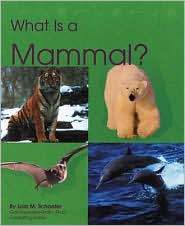 |
What is a Mammal? Lola M. Schaefer. 2001. Nonfiction book. Recommended ages: Grades K-2.This book introduces students to the defining characteristics of mammals. It is part of a series that includes books on amphibians, birds, fish, insects, and reptiles. |
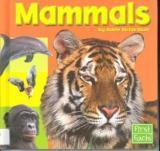 |
Mammals. Adele Richardson. 2005. Nonfiction book. Recommended ages: Grades 2-3.An introduction to mammals and their characteristics. Nonfiction text features include a table of contents, boldface words, a glossary, and a matrix comparing mammals to other animal groups. |
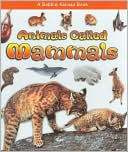 |
Animals Called Mammals. Bobbie Kalman. 2005. Nonfiction book. Recommended ages: Grades 3-4.A more detailed look at mammals, including subgroups such as primates, marsupials, and rodents. A combined picture glossary and index helps students define and locate key vocabulary. |
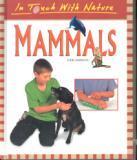 |
In Touch With Nature: Mammals. John Farndon. 2004. Nonfiction book. Recommended ages: Grade 5.An overview of mammal characteristics, information about specific mammals, fun facts, and hands-on activities. |
POLAR ANIMALS
Though not all of the animals described in these books are mammals, many are. Teachers may ask students to classify mammals, birds, fish, and insects as they read.
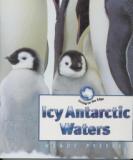 |
Icy Antarctic Waters. Wendy Pfeffer.2003. Nonfiction book. Recommended ages: Grades 3-5.Each section of this book describes an animal that survives in the cold water of the Southern Ocean. |
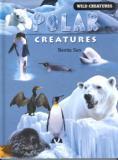 |
Polar Creatures. Benita Sen. 2008. Nonfiction book. Recommended ages: Grades 4-5.Each two-page spread of this book is devoted to a single type of polar animal. Teachers and students might focus on a single animal at a time. An excellent source for individual reading and research. |
POLAR MAMMALS
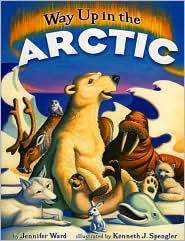 |
Way Up in the Arctic. Jennifer Ward. 2007. Counting book. Recommended ages: Grades K-1.This counting book, written in rhyme, presents Arctic animals and their offspring. From a mother caribou and her little calf one to an arctic fox mom and her little cubs ten, students will enjoy the bright, bold illustrations. |
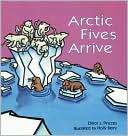 |
Arctic Fives Arrive. Elinor J. Pinczes 1996. Picture book. Recommended ages: Grades K-1.Simple, rhyming text and captivating artwork introduce math (counting by fives), the Arctic habitat, geography, and the northern lights. Not all animals in the story are mammals; ask students to differentiate between the mammals and the other animals (owls). |
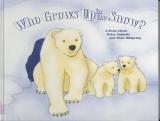 |
Who Grows Up in the Snow? Theresa Longenecker. 2003. Nonfiction book. Recommended ages: Grades K-2.Caribou, arctic fox, walrus, and harp seals are some of the polar animals and their offspring that young learners will explore as they turn the pages of this engaging read. |
TERRESTRIAL POLAR MAMMALS
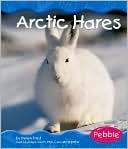 |
Arctic Hares. Helen Frost. 2007. Arctic Foxes. Emily Rose Townsend. 2004. Nonfiction book. Recommended ages: Grades K-2.These basic books from the Pebble series explain what arctic hares and arctic foxes are, where they live, and what they do. The text is simple and easy for beginning readers. |
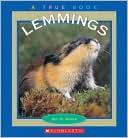 |
Lemmings. Ann O. Squire. 2007. Nonfiction book. Recommended ages: Grades 1-3.Did you know that lemmings are the smallest mammal in the Arctic? Students will learn this and other amazing facts about one of the Arctic’s most mysterious animals. Scientists are still exploring the lemmings’ migratory patterns. |
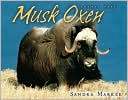 |
Musk Oxen. Sandra Markle. 2007. Nonfiction book. Recommended ages: Grades 3-5.In the Arctic, one kind of prey is especially well equipped to survive both the harsh environment and fierce predators. That animal is the musk ox. This book is filled with interesting facts about the magnificent animal, followed by a glossary, an index, further information, and a unique feature called “looking back.” After finishing the book, readers are encouraged to flip back through the pages and look for things they might have missed the first time through. |
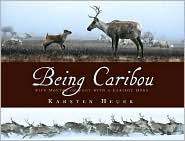 |
Being Caribou. Karsten Heuer. 2007. Nonfiction book. Recommended ages: Grades 4-5.This is an adaptation of an adult title by the same name. In short chapters and color photographs, Heuer recounts a venture with his wife to follow on foot a herd of female caribou on its summer trek to its Arctic birthing grounds. |
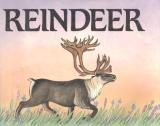 |
Reindeer. Emery and Durga Bernhard. 1994. Nonfiction book. Recommended ages: Grades K-5.Did you know that reindeer live across the Arctic region and that they are known as caribou in North America? Explore the reindeer’s adaptations, habitat, migratory patterns, and relationships with humans in this illustrated book. |
MARINE POLAR MAMMALS
Polar bears are also considered marine mammals. We highlight one polar bear book in each issue of Beyond Penguins and Polar Bears. Find other polar bear books by viewing our past Virtual Bookshelves.
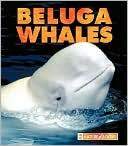 |
Beluga Whales. Mary Berendes. 1999. Nonfiction book. Recommended ages: Grades 1-3.Did you know that beluga whales are the only whales that can bend their necks? Find out more interesting facts in this book. A glossary defines words such as blubber, echolocation, rostrum, and pods. |
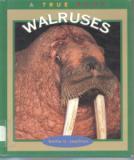 |
Walruses. Emilie U. Lepthien. 1996. Nonfiction book. Recommended ages: Grades 2-3.Describes the physical characteristics, habits, and habitat of Atlantic and Pacific walruses. |
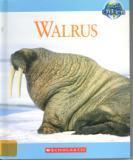 |
Walrus. Tom Jackson. 2008. Nonfiction book. Recommended ages: Grades 3-5.With its large blubbery body, long tusks, and whiskered face, the walrus is a friendly looking animal. Walruses seem to be friendly to one another too; in fact, walruses are one of the few animals that can be seen congregating by the hundreds or more all year long. Older readers will be intrigued as they read detailed information about one of the Arctic’s most unique animals. |
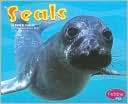 |
Seals. Carol K. Lindeen. 2005. Nonfiction book. Recommended ages: Grades K-1.Simple text and color pictures present seals, their body parts, and their behavior. |
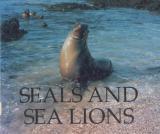 |
Seals and Sea Lions. Charles Rotter. 1991. Nonfiction book. Recommended ages: Grades 2-4.Compares and contrasts the physical characteristics, habitats, and behavior of seals and sea lions. While sea lions do not live in the polar regions, many species of seals are found in both Arctic and Antarctic waters. |
PENGUINS AND POLAR BEARS
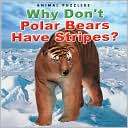 |
Why Don’t Polar Bears Have Stripes? Katherine Smith. 2004. Nonfiction book. Recommended ages: Grades 2-5.Why don’t polar bears have stripes? This question and many more are answered in this book, which uses text and photography to challenge the reader’s knowledge of the polar bear. |
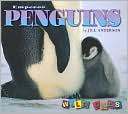 |
Emperor Penguins. Jill Anderson. 2007. Nonfiction book. Recommended ages: Grades K-2.In this book for early readers, students will learn some amazing facts about how emperor penguins care for their babies and make the long journey to the sea in search of food. |
This article was written by Julie Moran. For more information, see the Contributors page. Email Kimberly Lightle, Principal Investigator, with any questions about the content of this site.
Copyright January 2009 – The Ohio State University. This material is based upon work supported by the National Science Foundation under Grant No. 0733024. Any opinions, findings, and conclusions or recommendations expressed in this material are those of the author(s) and do not necessarily reflect the views of the National Science Foundation. This work is licensed under an Attribution-ShareAlike 3.0 Unported Creative Commons license.























Loved seeing my book POLAR CREATURES reviewed and recommended here. Thank you. I write because I love writing and to share knowledge so your recommendation made me really happy.